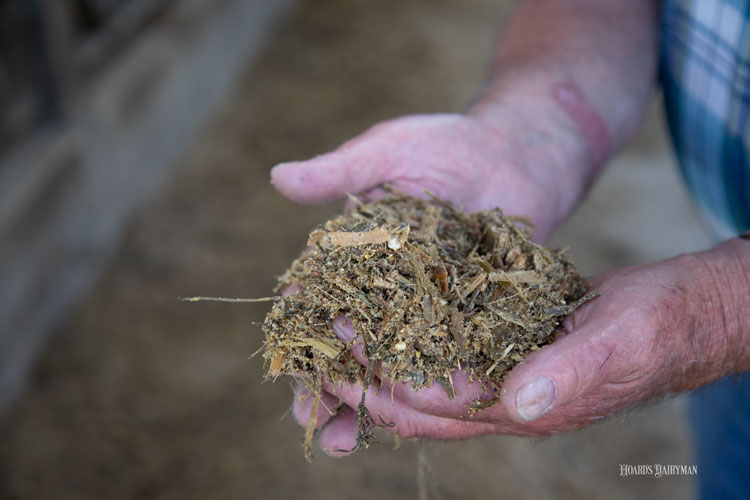
Although starch isn’t listed as a required nutrient by any dairy cattle nutrition document, its impact is absolutely felt in the bulk tank.
“The main reason we talk about starch is that it is the most used source of energy in dairy rations,” reminded the University of Florida’s Luiz Ferraretto at the Tri-State Nutrition Conference. “When we improve ruminal starch digestion, we are also improving total tract starch digestibility, which has a correlation with higher milk production.”
In order to capitalize on this ration ingredient, we must first access it. In the case of starch in corn and corn silage, the kernel does an excellent job of protecting starch.
“If we don’t break the kernel, we can’t get the starch,” iterated Ferraretto.
With that in mind, he emphasized three important keys to optimizing starch digestibility:
Kernel particle size. The most practical way to access corn starch more effectively is to reduce the particle size of the kernel. Mechanical breaking of the kernel is especially effective.
Fermentation. “In silage, fermentation can be very helpful for starch digestibility,” said Ferrrareto. Research has clearly shown that as fermentation progresses, starch digestibility increases. Ideally, the University of Florida professor recommended at least 90 to 120 days in storage to allow this process to occur.
Harvest maturity. Managing this factor is more easily said than done, but on time harvesting of corn silage can also bolster starch digestibility.








